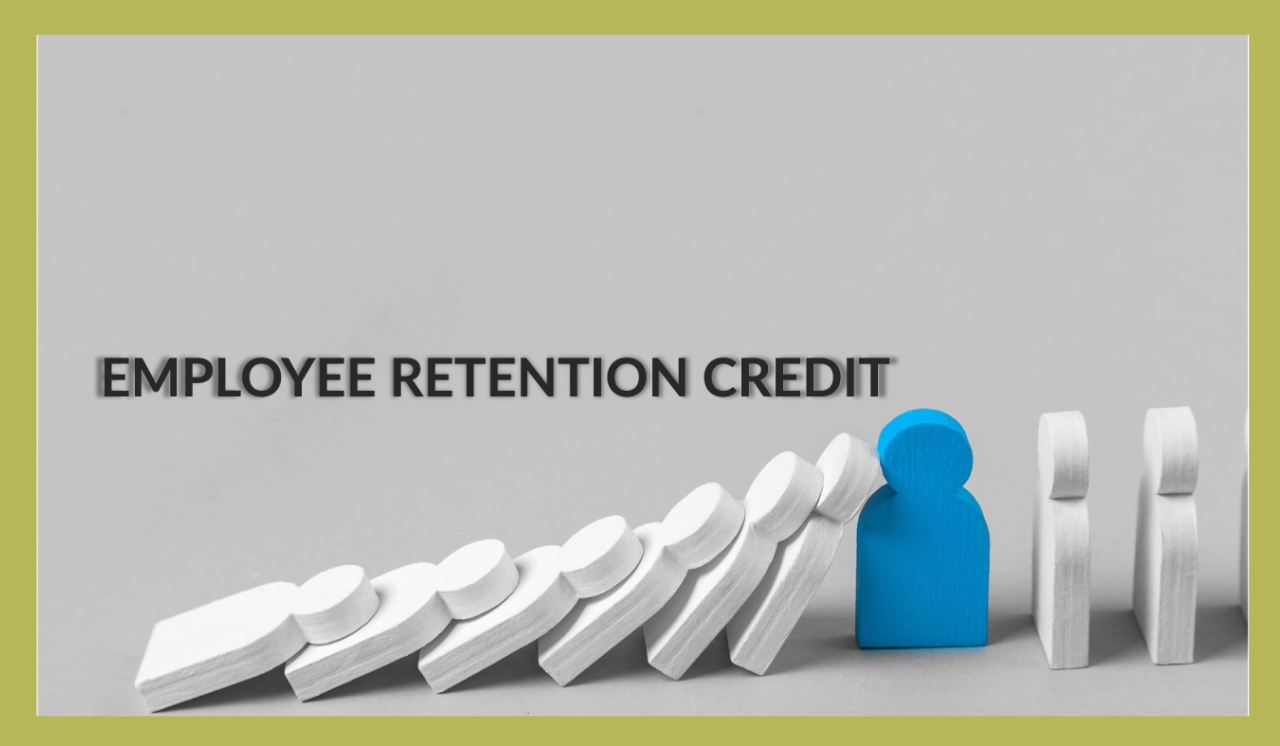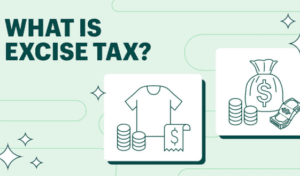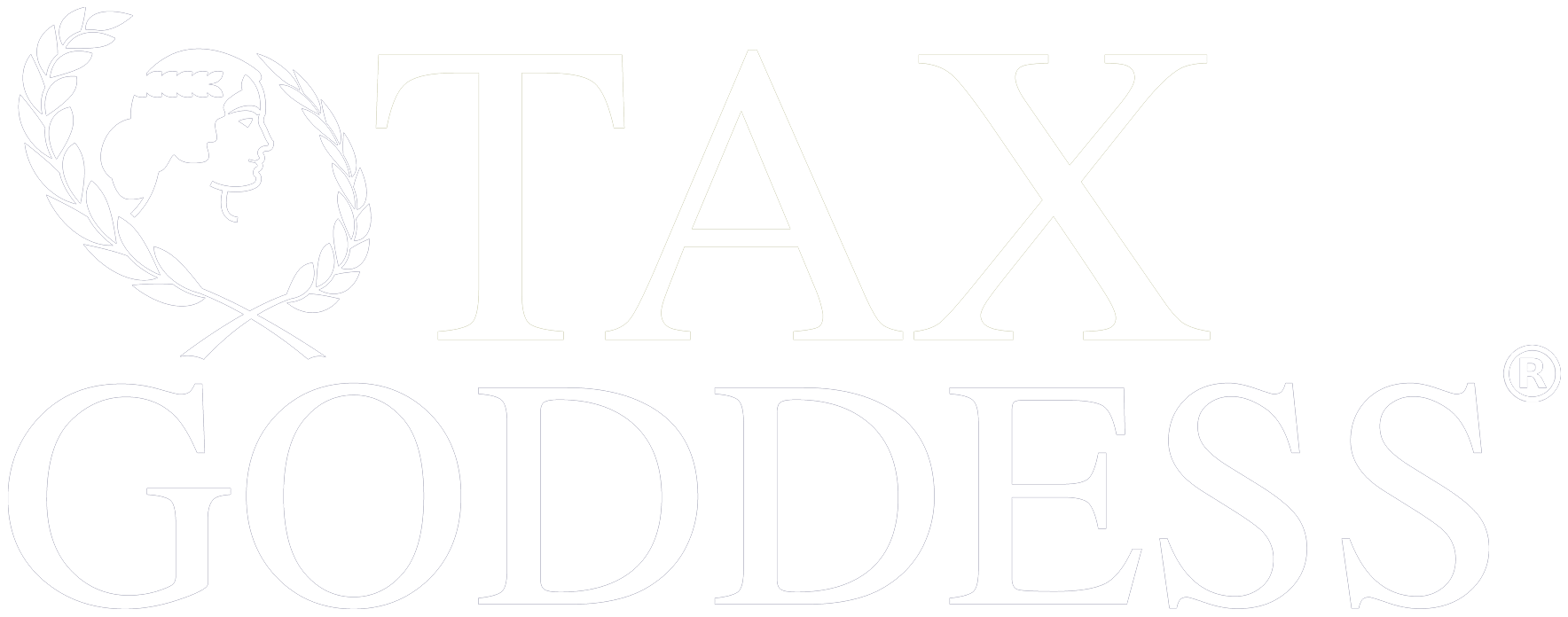On a scale from 1 to “the IRS never calls,” submitting an Employee Retention Credit (ERC) claim without double-checking the IRS’s seven warning signs is like inviting a dragon to do your paperwork. Sure, it sounds cool, but don’t be surprised when you end up with fire-roasted forms and unexpected IRS audits!
When the U.S. government rolled out the ERC in March 2020 to encourage more business owners to retain their employees, no one imagined it would become the Wild West for tax credit claims. Business owners have been trying every trick in the book (and some that aren’t) to pull hefty tax credits out of a hat when the IRS isn’t looking.
Although the ERC program officially ended on September 30, 2021, you can still submit claims retrospectively. While there’s nothing wrong with submitting a claim, the increasing number of sketchy claims has put the IRS on red alert. Does that mean filing an ERC claim could result in a tax audit? Not really, but it could increase the odds. Hence, it is crucial to understand the warning signs and look out for the red flags in your ERC claims to avoid IRS hot water.
7 ERC Filing Red Flags That Can Result in an IRS Audit
- Claiming Too Many Quarters
Imagine you’re at a carnival, and there’s a game that lets you win prizes every time you play. Sounds fantastic, right? But what if someone told you you could claim a prize for every round the game was on, even the ones you didn’t play? That is similar to what some unethical promoters tell business owners about the Employee Retention Credit (ERC). They say, “Grab those tax credits for every quarter they were available!” But here’s the catch: qualifying for all those quarters is as rare as a unicorn playing basketball. You need to put on your detective hat and really dig into whether you are eligible for each quarter rather than just taking a wild swing at it.
- The Myth of “Any Government Order”
Now, let’s talk about government orders. Some of these promoters have been whispering into employers’ ears, saying you can claim the ERC anytime there was a government order in your area, even if your business was as unaffected as a duck in water. Or, they say you still qualify if you shut down your shop because you felt like it. Here’s the straight talk: that’s as false as a three-dollar bill!
For your business to ride the ERC merry-go-round under the “government order” ticket, three things need to line up:
- Actual Government Orders: There had to be an actual government order, not just advice or a recommendation from them.
- Direct Business Impact: This order paused your operations entirely or partially.
- COVID-19 Connection: The order aimed to keep people safe from the virus, not just because the mayor wanted to see less traffic.
And those whispers about the Occupational Safety and Health Administration (OSHA) sending you a secret code to claim the ERC? Yeah, not really. Only in rare cases does OSHA chatter turn into ERC rewards.
- Inaccurate Calculations and Too Many Employees
If you’re an employer thinking about claiming the ERC for all your employees, you might want to hit the brakes and take a closer look. Not all wages you pay your employees can get you this credit. There are caps on how much money can count towards the credit, which changed from 2020 to 2021. Plus, different rules decide if wages qualify, depending on when they are paid. Before you say, “This much money for everyone!” make sure you’re not overclaiming. You need to do more than copy-paste the credit amount for each employee for different times of the year.
- Reporting Supply Chain Issues
Next, let’s talk about businesses that faced problems getting supplies and think that might qualify them for the ERC. It’s a bit rare for supply chain issues alone to qualify you for this credit. Just because your supplier couldn’t deliver on time doesn’t automatically mean you get the ERC. You need to check if the reason your supplier was late fits the specific requirements for the credit.
- Falsely Claiming ERC for a Longer Tax Period
In some cases, businesses try to claim the ERC for more time than they should. It’s kind of like saying you were sick for a whole week when you only had a cold for two days. If your business was only affected by COVID-19 restrictions for a week, you can’t claim the credit for the whole month. You only get credit for the period when things were actually on hold due to government orders. To avoid any mix-ups, make sure you have your payroll records straight.
- Invisible Employee Wages and Businesses
One common ERC malpractice involves businesses claiming they have been paying a whole team of employees, hoping to snag some of that sweet tax credit. But when the IRS turns on the flashlight, there’s nobody there! Some businesses even try to claim the ERC for times when they were just an idea in an entrepreneur’s mind. If the IRS checks the calendar and finds your business didn’t even exist or didn’t have an employer identification number when you said it did, that’s a big red flag. The IRS isn’t just letting these ghost stories slide; it’s actively investigating these claims and setting the record straight.
- The Promoter with the “No-Risk” Promise
Now, picture a smooth-talker sliding into your DMs or email, promising that claiming the ERC is a no-lose game. “What’s the worst that can happen?” they say, flashing a grin. Beware these ERC promoters who make it sound like nothing is on the line. Claiming the ERC when you shouldn’t is like opening Pandora’s box, but instead of evils, it’s filled with repayment demands, penalties, scary interest rates, and the dreaded audit. Not to mention, it can drain your wallet faster than buying snacks at the movies.
If you get into the ERC pool without checking if there’s water (aka, valid reasons and documentation), you’re setting yourself up for a belly flop. It’s crucial to thoroughly vet these so-called opportunities because if something sounds too good to be true in the tax world, it probably is.
What are the Risks of an ERC Audit?
Facing an ERC audit is not fun. It exposes business owners to all sorts of risks. The main ones are as follows:
- Financial Penalties: If an IRS auditor finds inaccurate records in your claim, getting flagged for an ERC audit can lead to financial penalties
- Repayment of Credits: If the audit determines you weren’t eligible, you may have to repay the credits claimed.
- Time-Consuming Process: The audit process can be lengthy, diverting your focus and resources from your business operations.
How Can I Check My ERC Refund Status?
To check on your ERC refund status in the U.S., you have a few options:
- Contact the IRS Directly: The IRS’s line (877) 777-4778 is your primary resource. Expect high call volumes and potential wait times.
- Use Online Resources: Although the IRS does not offer a specific tool for ERC refunds, you can utilize the “Where’s My Refund?” feature for general tax return status and the Electronic Federal Tax Payment System (EFTPS) for payment inquiries.
- Consult a Tax Professional: A tax expert can offer personalized advice, manage IRS inquiries on your behalf, and oversee the entire process of confirming your ERC refund status.
You should note that processing times can vary, and patience may be necessary. Regular follow-ups and professional guidance can help manage expectations and potentially speed up the process.
Is the Employee Retention Credit Refundable?
YES, the Employee Retention Credit (ERC) is refundable! Here’s the scoop on how it works and why it’s a big deal for businesses:
- The ERC is a refundable tax credit. If the credit amount is more than the amount of tax you owe, the IRS sends you the difference—yes, in cash!
- It is based on qualified wages and healthcare paid to employees. Different rules apply depending on the year and quarter, reflecting the changing economic landscape.
- You can claim the ERC on their quarterly tax returns.
- Originally part of the CARES Act in 2020, the ERC has seen several updates. To maximize your benefit, check the most recent guidelines or consult with a tax professional.
How Long Does it Take to Process an ERC Refund?
When you send off your ERC refund claims to the IRS, expect to wait 90 days. That’s how much time Uncle Sam set for processing ERC refunds. So, take all the time you need to figure out how to spend your refund when it lands in your account. You have got three months to plan!
Wrapping Up
It’s smart to team up with a tax pro who knows the ins and outs of ERC. They can help you review your claims, ensure you’re really eligible, and keep your business safe from unnecessary audits. Plus, they can answer any questions about how the process works and what you can do to make sure you’re in the clear. This way, you can focus on what you do best—running your business—while they handle the gritty details of your tax credits. So, why risk it alone?
Need a hand with your ERC claims or other tax issues? We’re here to help! Book a free 30-minute consultation with the Tax Goddess Growth Team today. Let’s make sure you get every credit you deserve without any hassle.








